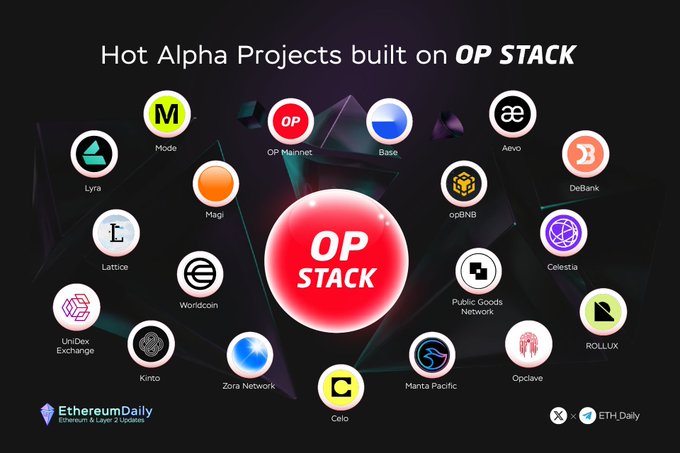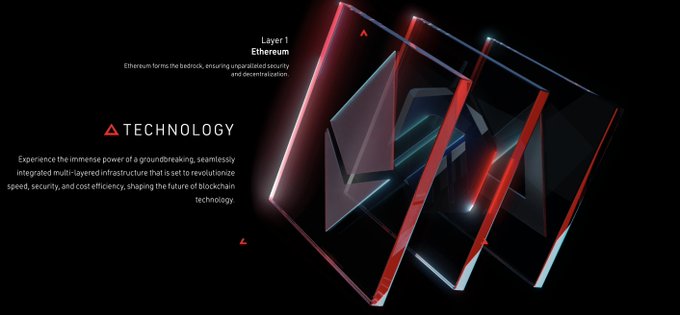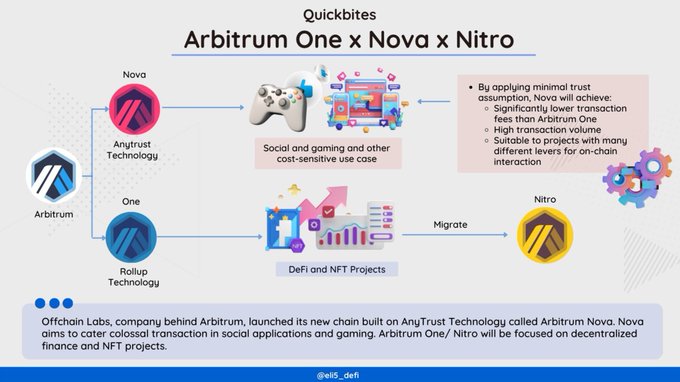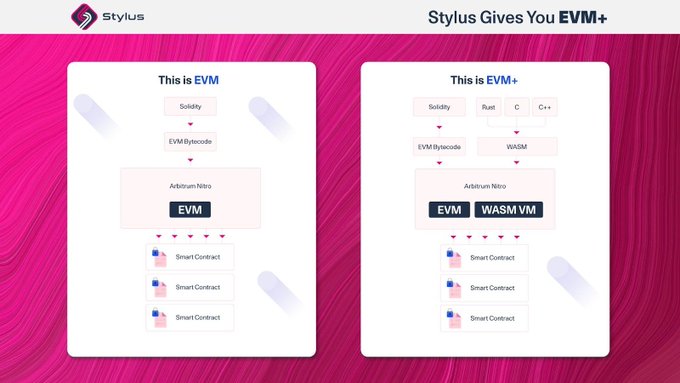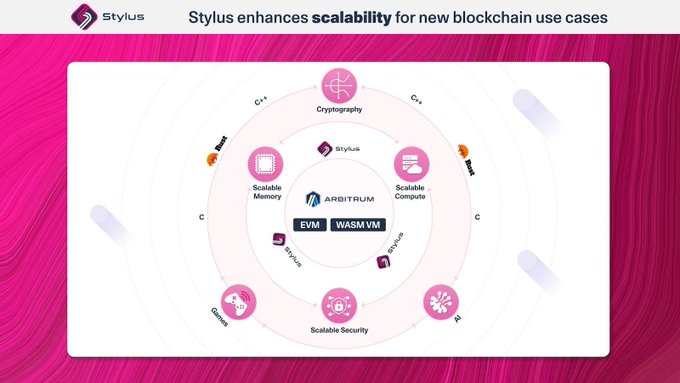Author: yyy, Source: Author’s Twitter @y_cryptoanalyst
Focusing on the Rollup track, the showdown between Arbitrum and Optimism is truly exciting.
Optimism uses its OP Stack to expand horizontally, while Arbitrum takes a different approach with Arbitrum Orbit to initiate vertical L3 transformation.
The Arbitrum team personally launched the first L3 based on Arbitrum Orbit, @XAI_GAMES, and officially declared war on Optimism.
- Hands-on Guide to Mastering TipCoin Point Strategy and Tips
- Musk’s X Vision From Copying WeChat to Super WeChat?
- zkSync founder L1 Fork can serve as the Supreme Court to establish a hierarchical system of on-chain courts similar to real-world judicial institutions.
In my opinion, the launch of XAI is strategically important for Arbitrum, as it is a positive declaration of war against OP.
OP has used its strong B-side resources to promote the construction of L2 chains based on its OP Stack for Binance and Coinbase, vigorously expanding the L2 ecosystem map. At that time, Arbitrum seemed inconspicuous and did not make much movement.
At the time when OP was developing rapidly, the rapid launch of XAI does not seem coincidental.
Before discussing XAI, we have to talk about Arbitrum Orbit.
Arbitrum Orbit is a universal modular L3 stack that allows developers to build dedicated L3 chains based on it. Transactions on L3 will be settled through Arbitrum L2 (Arbitrum One or Nova).
XAI is a game-focused L3 chain built on Arbitrum Orbit.
Nova is a general-purpose L2 focused on gaming scenarios. It should already meet the needs of gaming scenarios, so why launch XAI?
The reason is simple: compared to Nova’s positioning as a game public chain, XAI as a game-specific L3 can achieve higher performance and has dedicated computational and storage resources.
This makes resource-intensive use cases on the chain possible, such as computationally intensive AI models.
XAI will benefit from Arbitrum’s technology stack: Nitro+ BOLD+ Stylus.
Nitro is an upgrade of the One technology stack. It directly compiles the core of Geth, which is the mainstream Ethereum client, through the underlying layer of client software, thereby achieving higher Ethereum compatibility.
About the differences between Arbitrum Nitro/One/Nova, there has been a separate explanation before, which will not be repeated here.
This tweet hopes to explain the differences between the three versions of Arbitrum (@arbitrum) – One, Nitro, and Nova – in simple and understandable language.
BOLD
BOLD is the permissionless verification mechanism proposed by the Arbitrum team, aiming to minimize the delay in settling states.
In plain terms, for Optimistic Rollup, there is generally a one-week challenge period, where users have to wait for a week to withdraw from L2 to L1.
During the challenge period, if validators find any issues with the submitted L2 transactions, they can initiate a challenge.
There are two questions regarding these challenges:
First, who has the authority to initiate a challenge? Second, why can’t anyone initiate a challenge?
The current fraud proof challenge mechanism is not permissionless; it is carried out by specific roles acting as challengers. If challenges were permissionless, malicious challengers could continuously prevent the settlement status from being confirmed by launching DDOS attacks.
For example, a withdrawal may normally take one week to arrive, but in reality, it takes longer.
By introducing the BOLD mechanism, on one hand, it can achieve permissionless validation, which is more in line with the decentralization concept of blockchain;
On the other hand, it can minimize the delay in settlement status.
BOLD allows a single honest validator to win disputes with any number of opponents on Ethereum, rendering DDOS attacks ineffective.
Stylus
Stylus is an open-source SDK developed by Arbitrum that supports building applications in multiple languages. It is a product that implements EVM+ compatibility.
In short, developers can use traditional Solidity language as well as WASM-compatible languages such as Rust, C, and C++ to build applications on Arbitrum.
In addition, Stylus makes Dapps execution more efficient and significantly reduces gas costs.
Stylus is not limited to supporting Rust, C, and C++, but also includes Move, Sway, Cairo, Go, and more.
Just imagine, in the future, dApps on Aptos/Fuel/StarkNet can be easily migrated to Arbitrum.
Arbitrum Orbit can even achieve one-click L3 chain upgrade.
What’s more interesting is that BOLD and Stylus are both universal modular components;
Developers can natively integrate BOLD and Stylus to launch specific use case L3 on Arbitrum Orbit;
Alternatively, they can decide to integrate the above modular components through decentralized DAO governance after launching and smoothly running L3.
XAI has already fired the first shot in the Arbitrum L2 defense battle, and the competition with Optimism may have just begun.
Like what you're reading? Subscribe to our top stories.
We will continue to update Gambling Chain; if you have any questions or suggestions, please contact us!
